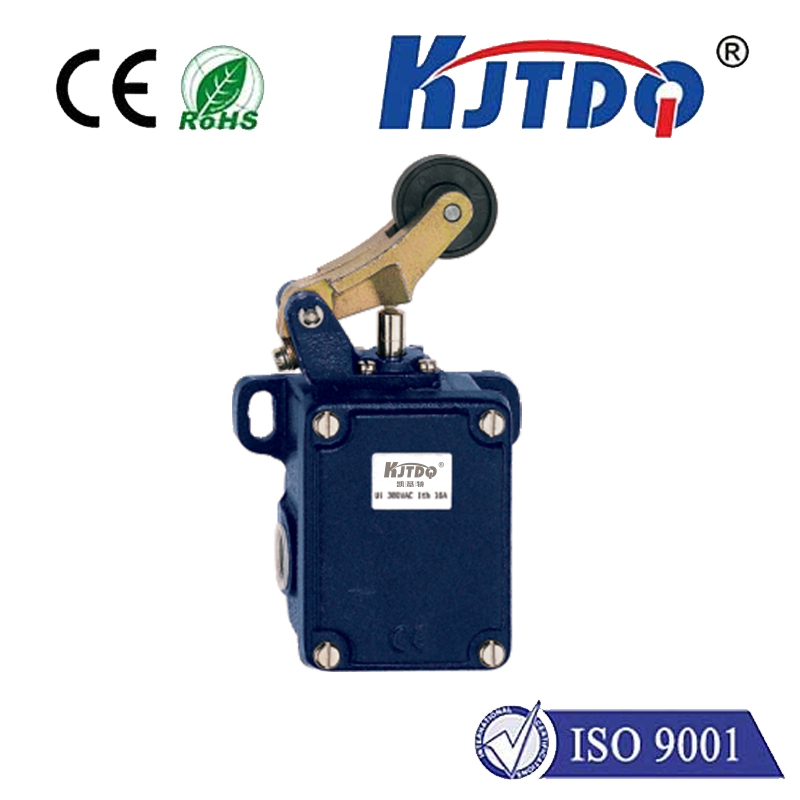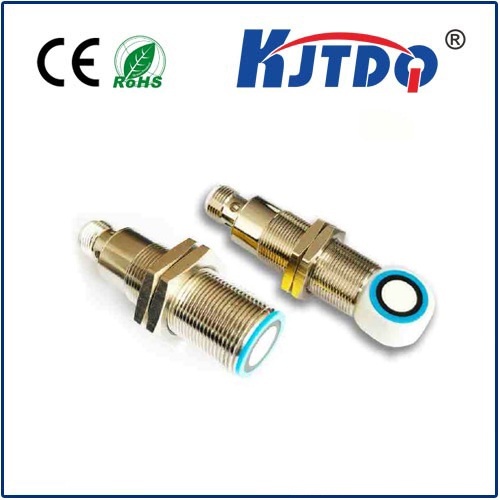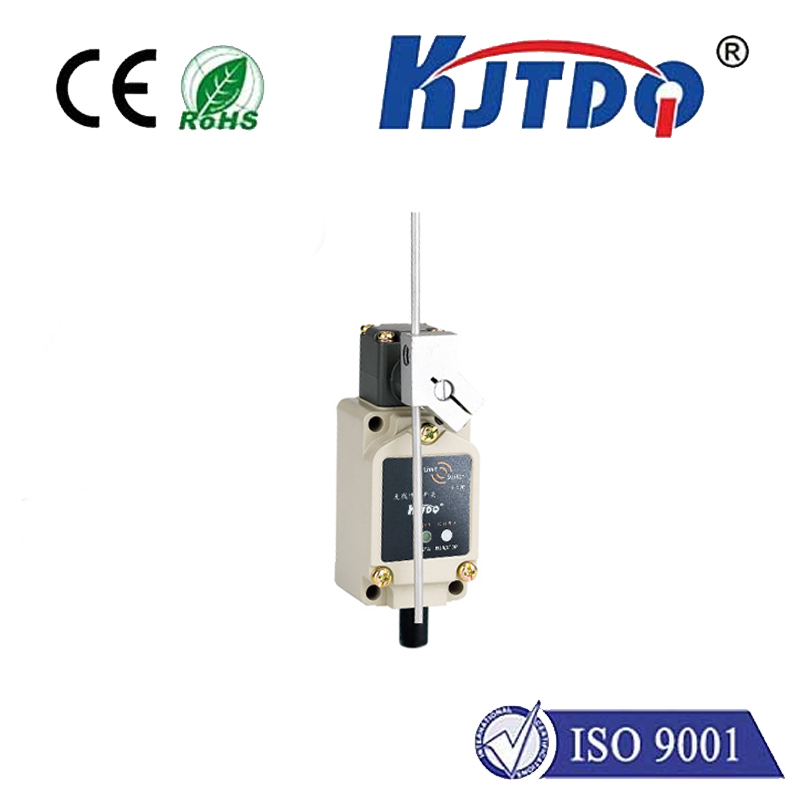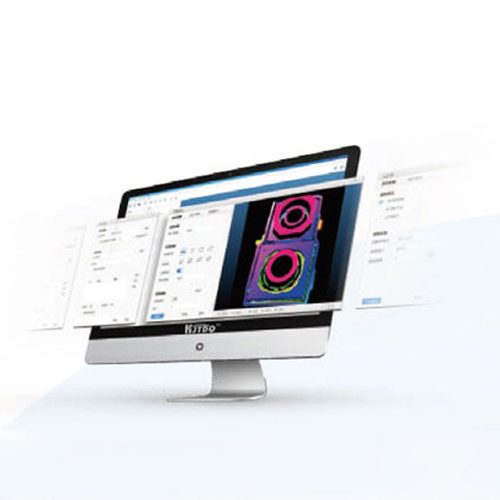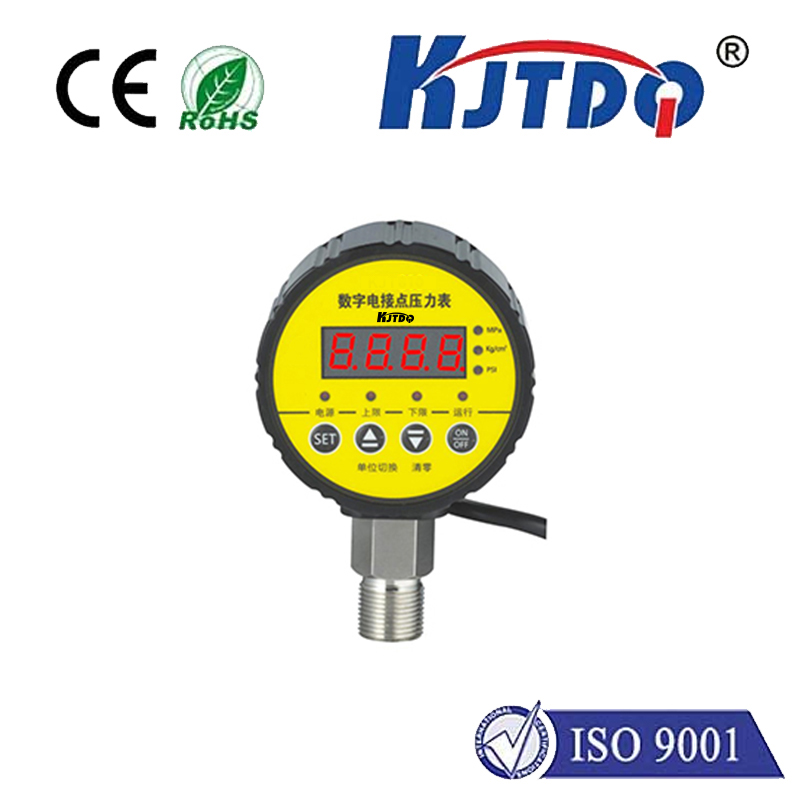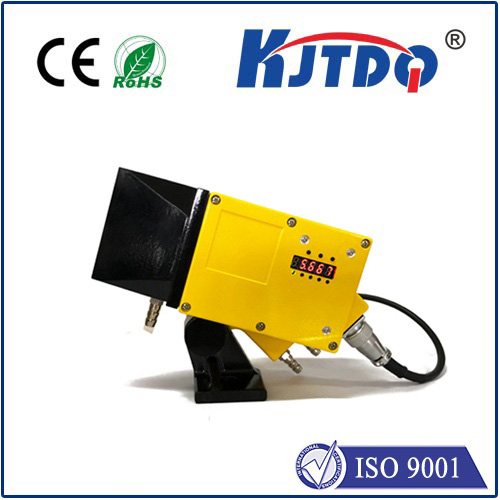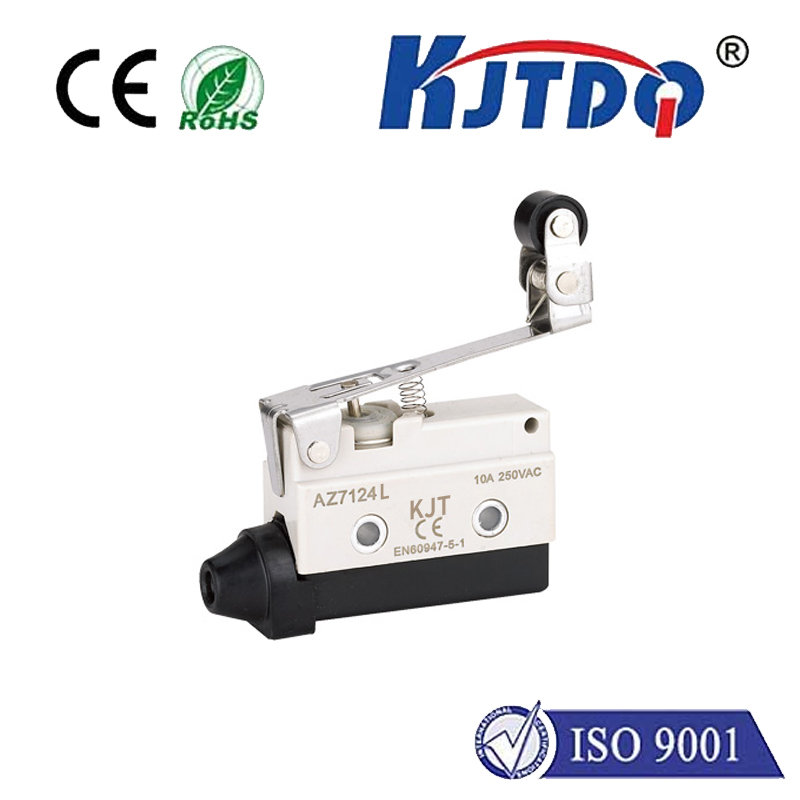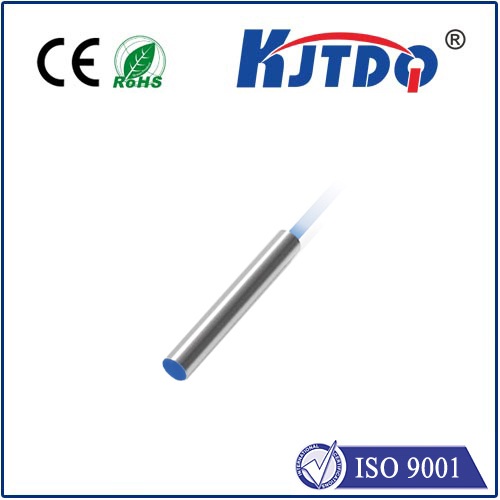

check

check

check

check
Imagine a world where machines can instantly “see” the presence or absence of objects, precisely measure distances, or flawlessly count items hurtling down a production line – all without physical contact. This is the everyday reality powered by beam photoelectric sensors, unsung heroes of modern automation. These robust and versatile devices form the backbone of countless detection tasks across diverse industries, offering a unique blend of speed, accuracy, and reliability where other technologies might falter. Understanding how they work and where they excel is crucial for engineers, technicians, and anyone involved in system design.
The Principle: Seeing with Light
At its core, a beam photoelectric sensor operates on a remarkably simple, yet profoundly effective principle: light interruption. Unlike self-contained reflective sensors, the beam type utilizes two physically separate components: an emitter and a receiver. The emitter projects a focused beam of light – typically infrared (IR) for its resistance to ambient light interference, though visible red light is also common – directly towards the receiver unit. The receiver is constantly monitoring the intensity of this incoming light beam.
The magic happens when an object passes between the emitter and receiver. This object interrupts the light beam. The receiver detects this significant drop in light intensity and triggers an output signal. This output is then used by a control system (like a PLC) to initiate an action: stopping a conveyor, activating a counter, starting a process, or triggering an alarm. It’s a direct, unambiguous “beam broken = object present” logic.
Why Choose a Beam Sensor? Key Advantages Over Alternatives

The separation of emitter and receiver grants beam photoelectric sensors distinct advantages that make them indispensable in many scenarios:
Understanding the Core Components and Deployment
A typical beam photoelectric sensor system comprises:
Alignment is Critical: Achieving and maintaining perfect alignment between the emitter and receiver is paramount. Many receivers feature alignment indicators (like LEDs that change color or intensity) to assist installers. Once aligned and secured, they generally offer very stable, long-term operation.
Where Beam Photoelectric Sensors Shine: Key Applications
Their unique strengths make them the preferred choice in countless industrial and commercial settings:
Beyond the Basics: Through-Beam vs. Slot Sensors
While the term “beam photoelectric sensor” typically refers to the separate emitter/receiver (through-beam) type described above, a closely related variant deserves mention: the Slot Sensor (Fork Sensor). This integrates the emitter and receiver into a single U-shaped or fork-like housing, facing each other across a small gap or “slot.” Objects pass through the slot, interrupting the beam. Slot sensors offer the same advantages of beam interruption detection – reliability with challenging surfaces, transparency, and small objects – but are compact and pre-aligned, making them ideal for high-precision, short-range tasks like counting small parts, verifying component presence in PCBs, or detecting tabs or labels.
The Indispensable Tool
The beam photoelectric sensor, with its straightforward principle of light beam interruption, delivers unmatched performance in scenarios demanding long range, high precision, and unwavering reliability – particularly when dealing with challenging object properties like transparency or high reflectivity. While alignment requires attention during setup, the payoff is a rugged, low-maintenance solution that forms a critical link in countless automated processes, safety systems, and security applications. From ensuring the smooth flow of bottling lines to safeguarding personnel around heavy machinery, the quiet efficiency of the beam photoelectric sensor continues to illuminate the path of modern automation.
